What Is Firewitch – How To Care For Firewitch Dianthus Plants
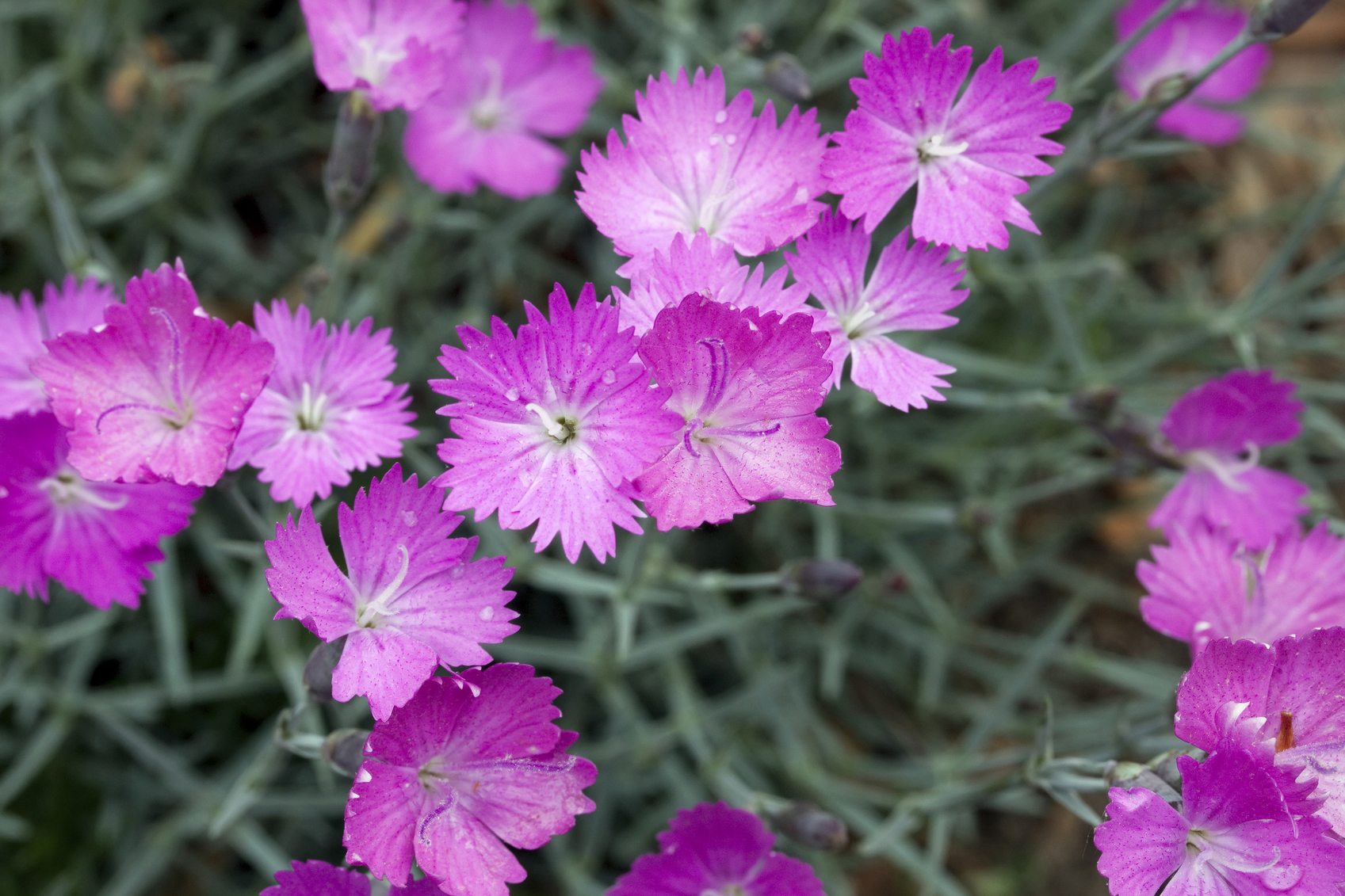

Oftentimes, I am asked by customers for specific plants only by description. For example, “I’m looking for a plant I saw that’s grass-like but has little pink flowers.” Naturally, cheddar pinks come to my mind with a description like that. However, with so many varieties of cheddar pink, aka dianthus, I need to show them examples. Most times I find it is Firewitch dianthus that has caught their eye. Continue reading to learn what is Firewitch and how to care for Firewitch dianthus.
What is Firewitch Dianthus?
Named the perennial plant of the year in 2006, Firewitch dianthus (Dianthus gratianopolitanus ‘Firewitch’) was actually created by a German horticulturist in 1957, where it was named Feuerhexe. In 1987, United States horticulturists began to propagate and grow Firewitch flowers and they have been a much-loved border plant for zones 3 to 9 ever since. Blooming in May and June, their deep pink or magenta flowers are a beatific contrast against the blue-green, silvery, grass-like foliage. The flowers are fragrant, smelling lightly like cloves. These fragrant flowers attract butterflies and hummingbirds. Firewitch flowers hold up against heat and humidity more than most dianthus flowers.
Firewitch Dianthus Care
Since Firewitch dianthus grows only about 6 to 8 inches (15-20 cm.) high and 12 inches (31 cm.) wide, it’s excellent to use in borders, rock gardens, on slopes, or even tucked into crevices of rock walls. Firewitch flowers are in the dianthus family, sometimes called cheddar pinks or border pinks. Firewitch dianthus plants grow best in full sun but can tolerate light shade. Give them well-drained, slightly sandy soil to avoid crown rot. Once established, the plants are drought tolerant. Firewitch plants are also deemed deer resistant. They prefer normal to light waterings. When watering, do not wet the foliage or crowns, as they may develop crown rot. Cut back Firewitch plants after blooms fade to promote reblooming. You can simply cut the grass-like foliage back with grass shears.
Gardening tips, videos, info and more delivered right to your inbox!
Sign up for the Gardening Know How newsletter today and receive a free copy of our e-book "How to Grow Delicious Tomatoes".
-
 12 Lush Alternatives To A Lawn For Sustainable Spaces
12 Lush Alternatives To A Lawn For Sustainable SpacesAlternatives to a lawn are beautiful and also beneficial to your local ecosystem and its pollinators. Explore our top picks for plants to replace grass.
By Tonya Barnett
-
 Types Of Tomatoes Explained: Explore The Many Wonderful Shapes, Colors, Flavors, & Best Uses
Types Of Tomatoes Explained: Explore The Many Wonderful Shapes, Colors, Flavors, & Best UsesThe world of tomato varieties is vast and fascinating. Learn about the key types to grow in your garden, tailored to your preferences and space.
By Amy Grant
-
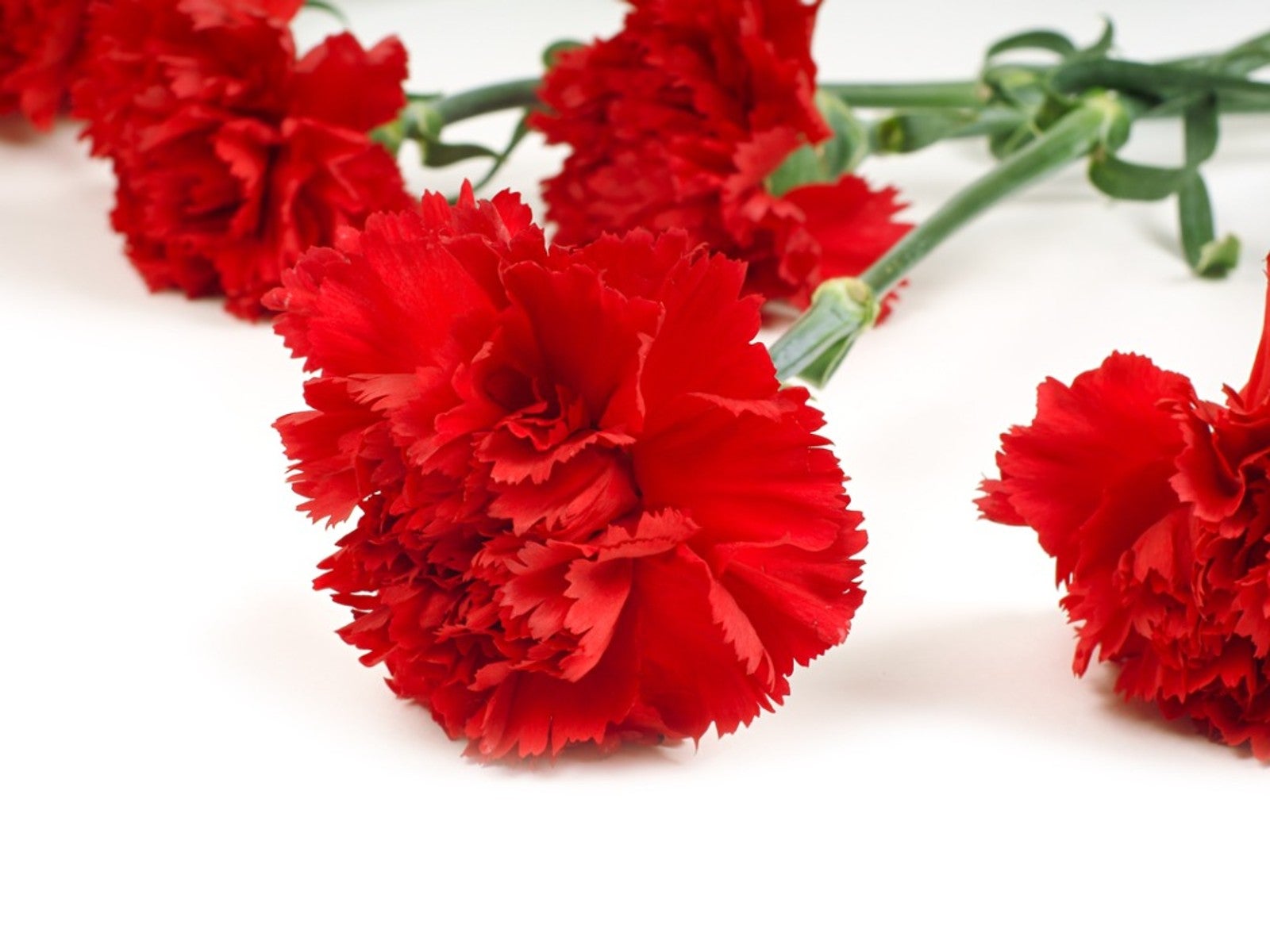 Reasons To Celebrate National Carnation Day
Reasons To Celebrate National Carnation DayLearn the fascinating American history of the red carnation, as Ohio celebrates National Red Carnation Day on January 29.
By Mary Ellen Ellis
-
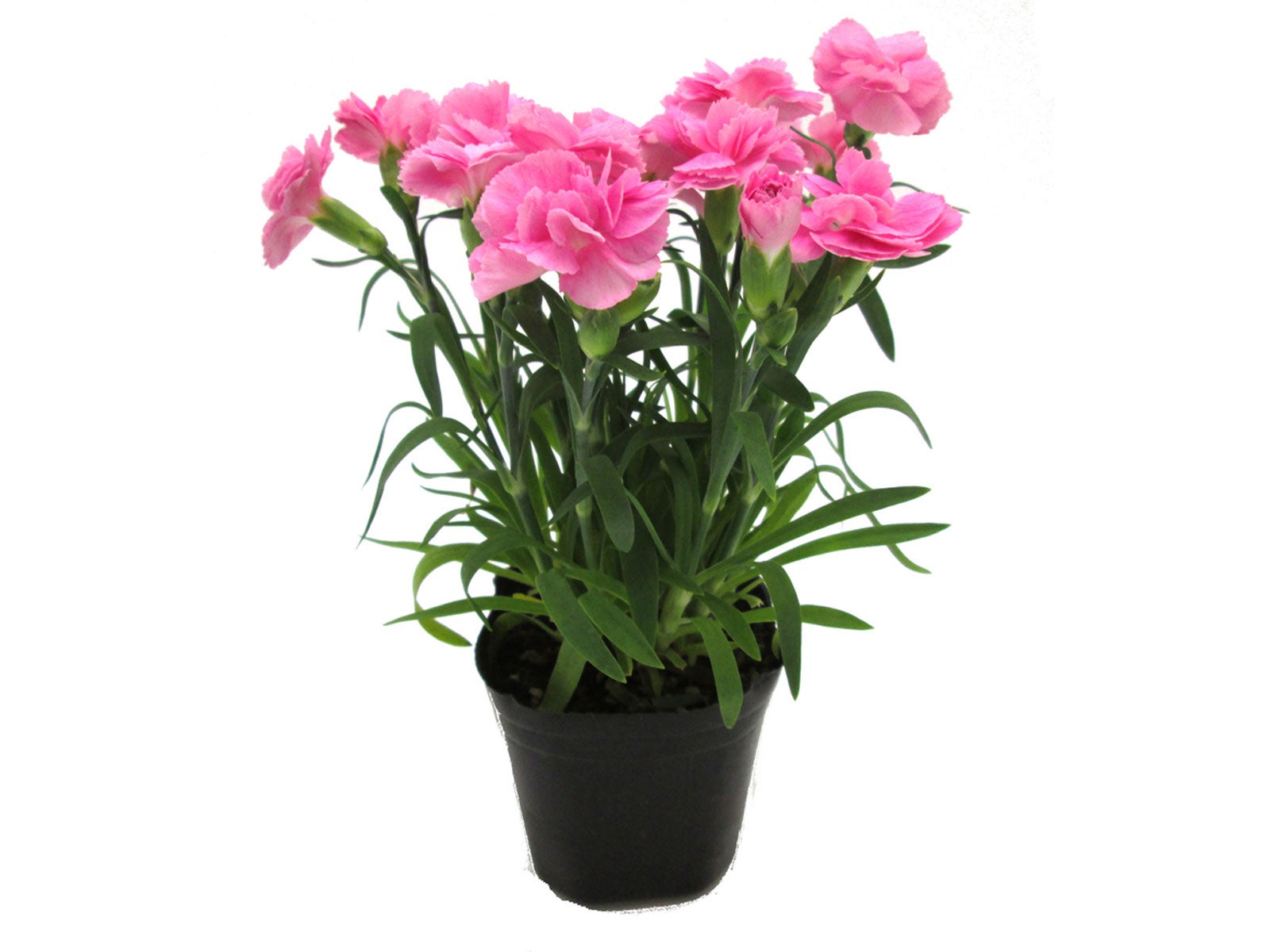 Carnations In Containers – Learn About Potted Carnation Plants
Carnations In Containers – Learn About Potted Carnation PlantsCarnations are extremely popular and make stunning cut flower arrangements. They are also an excellent choice for growth in containers. Carnations in containers can bring much needed color to small landscape plantings, as well as window boxes. Learn more here.
By Tonya Barnett
-
Septoria On Carnations – Learn About Carnation Leaf Spot Control
Carnation septoria leaf spot is a common, yet highly destructive, disease that spreads rapidly from plant to plant. However, septoria leaf spot of carnations is relatively easy to manage if caught early. To learn more about this disease, click the following article.
By Mary H. Dyer
-
Carnation Rhizoctonia Stem Rot – How To Manage Stem Rot On Carnations
There are few things as delightful as carnations. They are relatively easy plants to grow but can develop fungal problems. Carnations with rhizoctonia stem rot, for instance, are a common problem. Click here to learn the symptoms and treatment for this common disease.
By Bonnie L. Grant
-
Carnation Fusarium Wilt Info: How To Control Fusarium Wilt Of Carnations
Carnations have a rich and meaningful history, and are some of the oldest cultivated flowers. Despite this, they are susceptible to a number of issues, like fusarium wilt disease. The following contains info on treating carnation fusarium wilt.
By Amy Grant
-
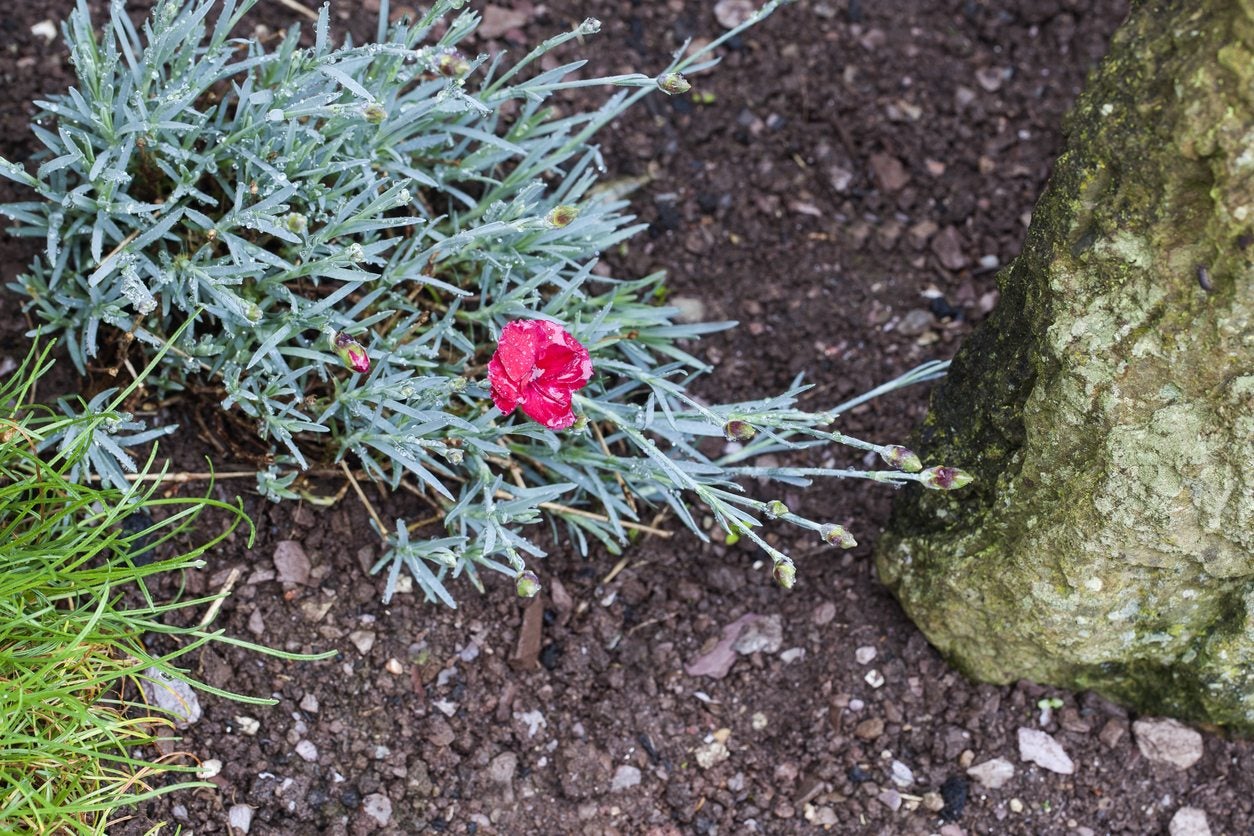 Clove Pink Herb Plants – Learn About Clove Pink Uses In The Garden
Clove Pink Herb Plants – Learn About Clove Pink Uses In The GardenClove pink herb plants are related to carnations and the recognizable scent of clove is borne on the blooms. These lovely little plants are charming additions to the garden. Learn how to grow clove pink herbs in this article.
By Bonnie L. Grant
-
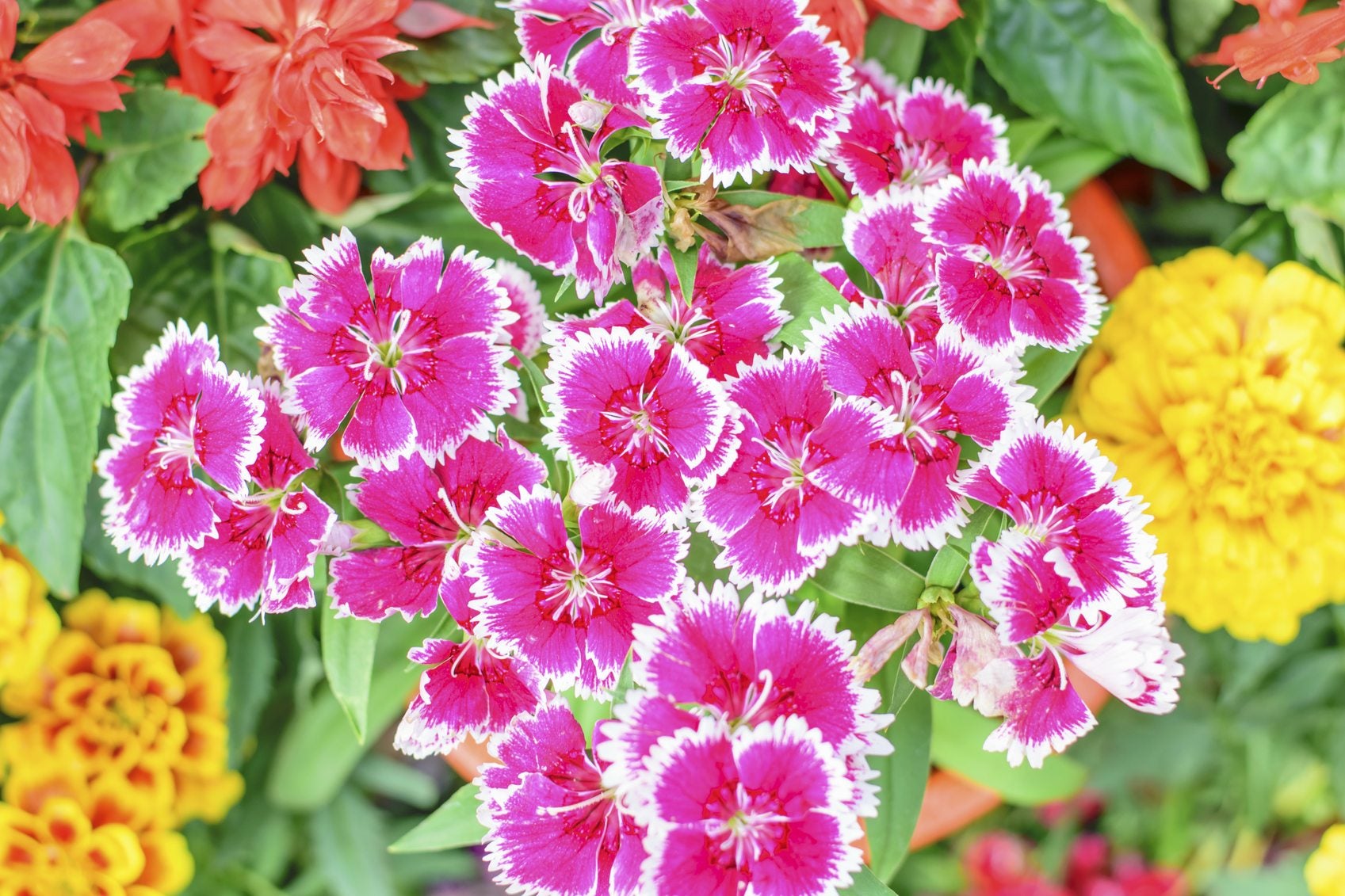 Companion Plants For Dianthus – Tips On What To Plant With Dianthus
Companion Plants For Dianthus – Tips On What To Plant With DianthusDianthus are low-maintenance plants prized for their ruffly blooms and sweet-spicy scent. If you're wondering what to plant with dianthus in your garden, click this article to get some helpful tips and suggestions.
By Mary H. Dyer
-
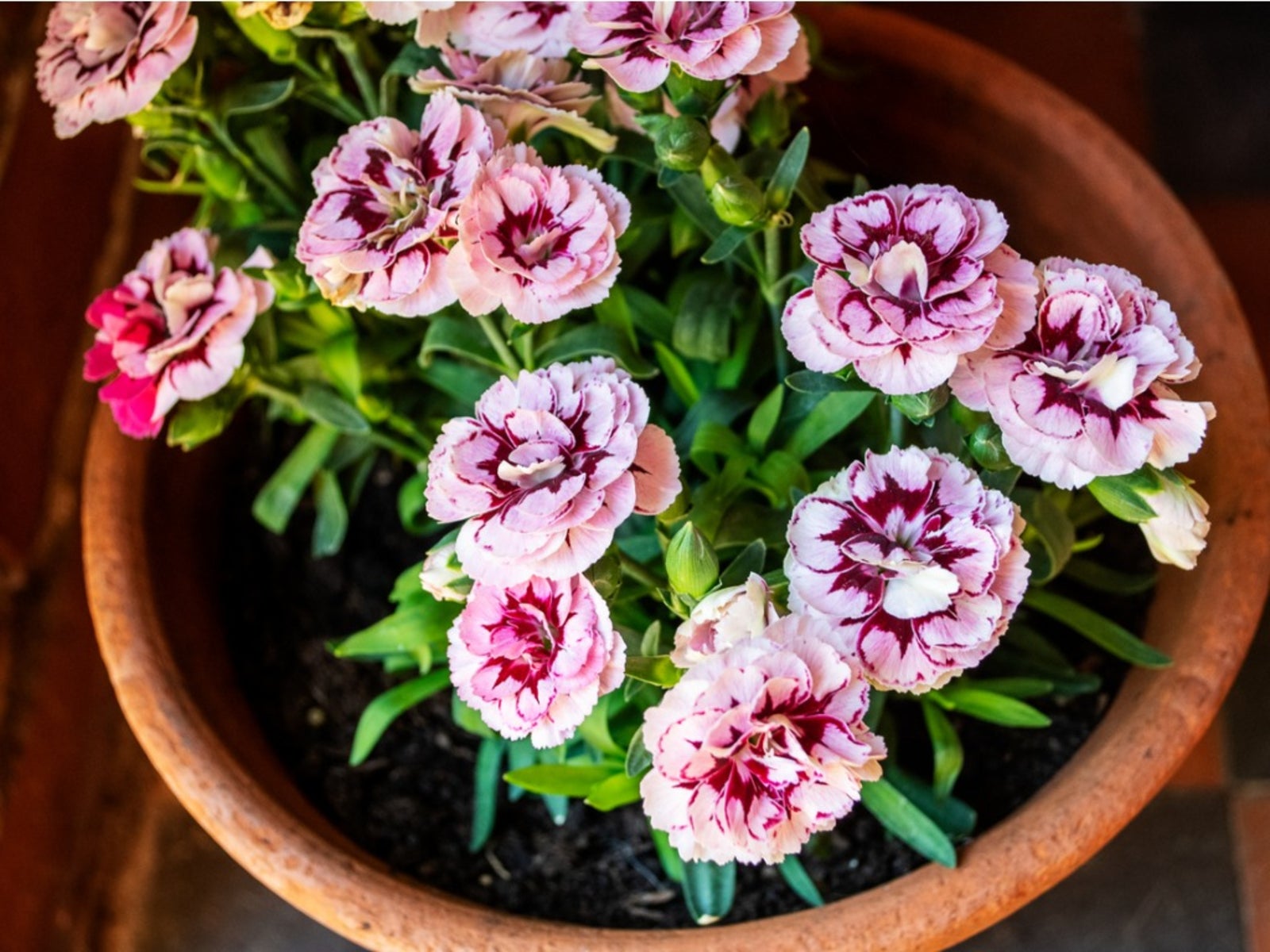 Carnation Garden Plants: Tips For Growing Carnations
Carnation Garden Plants: Tips For Growing CarnationsCarnations remain the most popular cut flower, and many people want to know how to grow carnation flowers. Anyone can learn about growing carnations and enjoy the rewards by reading this article.
By Gardening Know How